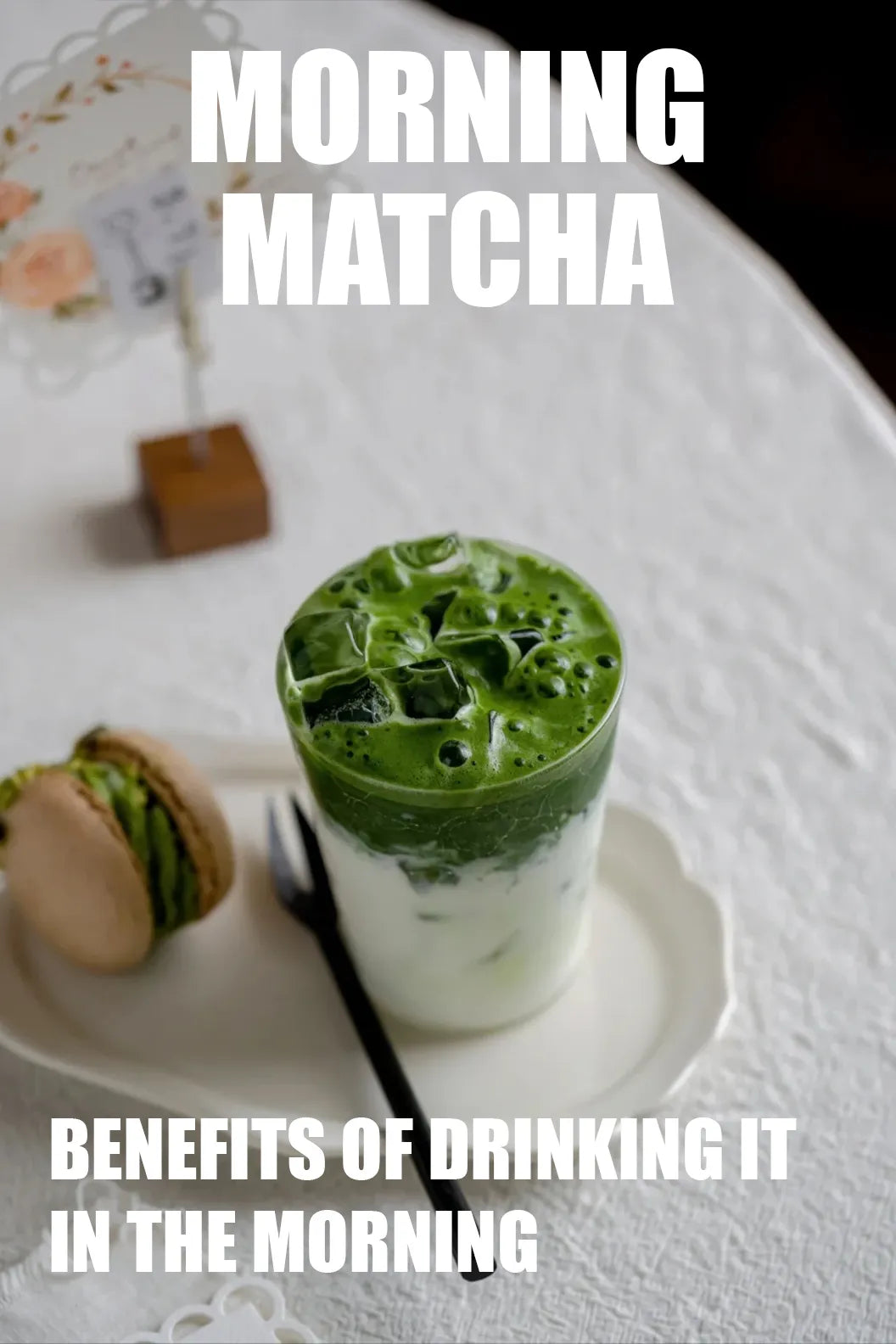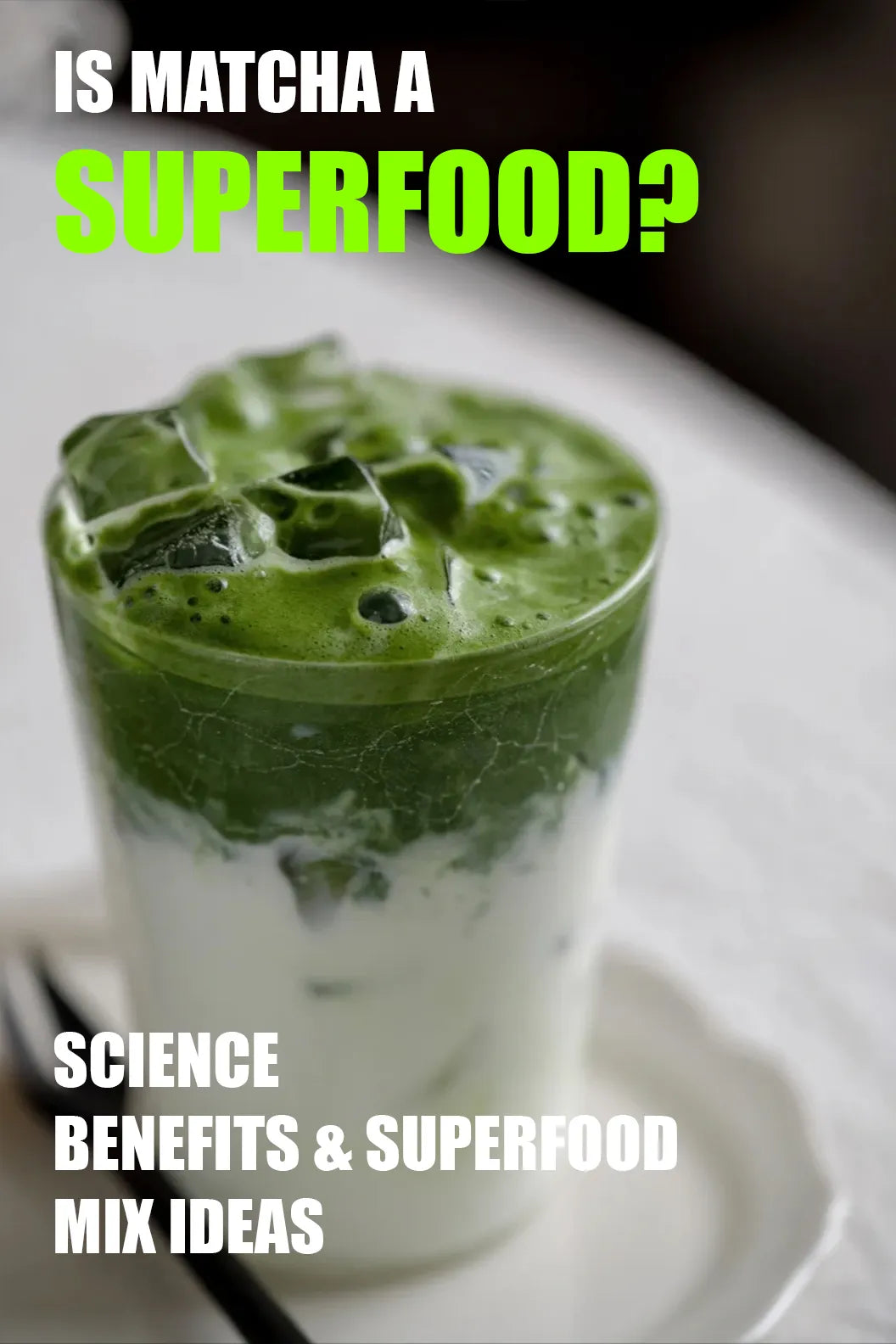A perfectly balanced matcha latte—creamy, slightly sweet, with a bright green hue and subtle earthy notes—feels like a luxury. But while cafés charge $5–$7 for one, you can replicate (and even improve) the experience at home. The key isn’t fancy equipment—it’s understanding matcha’s quirks, choosing the right ingredients, and nailing the technique. Below, we’ll break down hot and iced recipes, compare tools and milk types, and address common mistakes (plus, why quality matcha makes all the difference).
Why Homemade Matcha Lattes Are Worth the Effort
Café matcha lattes often cut corners: diluted powder, over-steamed milk, or artificial sweeteners that mask matcha’s natural flavor. When you make them at home, you control:
- Strength: Adjust matcha-to-milk ratio for bold or mild flavor.
- Sweetness: Skip refined sugar and use honey, maple, or none at all.
- Texture: Froth milk to your preference—silky, foamy, or somewhere in between.
Plus, homemade lattes let you enjoy matcha’s full benefits: antioxidants, calm energy from L-theanine, and nutrients like vitamin C (learn more in our matcha benefits guide).
Key Ingredients: What Makes a Great Matcha Latte
1. Matcha Powder: Not All Are Created Equal
The quality of your matcha determines 80% of your latte’s flavor. Here’s what to know:
- Ceremonial grade: Smooth, with umami and minimal bitterness—ideal for lattes. It’s stone-ground finer, so it dissolves easier (our LeafMill Ceremonial Grade Matcha is a top pick).
- Culinary grade: More robust and bitter, better for baking (it can overpower lattes if overused).
- Avoid “matcha blends”: Many mix matcha with green tea powder or fillers, which taste flat and won’t dissolve smoothly.
Pro tip: Freshness matters. Matcha loses flavor after 6–8 months, so check the harvest date (look for “best by” within a year).
2. Milk: The Foundation of Creaminess
Milk isn’t just a mixer—it balances matcha’s bitterness and adds texture. Here’s how popular milks perform:
| Milk Type | Froth Quality | Flavor Pairing | Best For |
|---|---|---|---|
| Oat milk | Excellent (stable foam) | Neutral, slightly sweet | Hot lattes (mimics café texture) |
| Whole milk | Good (rich foam) | Creamy, mild | Classic hot lattes |
| Almond milk | Light (foam dissolves fast) | Nutty, light | Iced lattes (won’t overpower) |
| Soy milk | Good (velvety) | Beany (mild) | Vegan hot lattes |
Balanced take: Oat milk is a crowd-pleaser, but it’s higher in carbs—if you’re watching sugar, almond or coconut milk (thicker, with natural sweetness) are better alternatives.
3. Sweeteners (Optional): Enhance, Don’t Mask
Matcha’s natural umami shines with minimal sweetening. Try:
- Honey or maple syrup (add depth without cloying sweetness).
- Monk fruit or stevia (zero-calorie, but use sparingly—they can taste artificial).
- Skip sweetener entirely if you prefer bold, earthy flavor.
Tools: Do You Need a Bamboo Whisk? (Or Can You Use a Spoon?)
Cafés use bamboo whisks (chasen) and frothers, but home cooks can get great results with basic tools. Let’s compare:
- Bamboo whisk (chasen): Creates the silkiest, lump-free base by breaking up matcha particles. Worth buying if you make lattes weekly ($10–$15).
- Mason jar: Shake matcha and water vigorously for 30 seconds—works for quick batches, but may leave tiny lumps.
- Electric milk frother: Doubles as a matcha mixer. Convenient, but avoid over-whisking (it can introduce too much air, making the latte frothy but thin).
- Spoon: Not recommended—it won’t break up clumps, leading to grainy texture.
Balanced take: A bamboo whisk is ideal, but a mason jar works in a pinch. Don’t splurge on expensive tools until you’re sure you’ll make lattes regularly.
How to Make Matcha: The Critical Base Step
Before adding milk, you need a smooth matcha base. Rushing this step is the #1 reason lattes taste grainy or bitter.
Step-by-Step Base (1 serving)
- Measure matcha: Use 1 tsp (2g) for 8oz milk (1.5 tsp for stronger flavor).
- Heat water to 175°F (79°C): Use a thermometer or test by waiting 1–2 minutes after boiling—this avoids burning matcha (which creates bitterness).
- Add 2–3 tbsp water: Just enough to create a paste-like consistency (too much water dilutes flavor).
- Whisk thoroughly: With a bamboo whisk, use a “W” motion for 30–45 seconds until the base is bright green, frothy, and free of lumps. Lift the whisk—if the liquid drips in a smooth stream, it’s ready.
Hot Matcha Latte Recipe (5 Minutes)
This recipe prioritizes balance: creamy milk, subtle sweetness, and matcha that’s present but not overpowering.
Ingredients
- 1 tsp ceremonial grade matcha (e.g., LeafMill Ceremonial Grade)
- 2–3 tbsp warm water (175°F)
- 8oz oat or whole milk
- ½–1 tsp honey (optional)
Steps
- Make the matcha base: Whisk matcha and warm water until smooth (follow the base method above).
-
Heat and froth milk:
- Stovetop: Warm milk in a saucepan over low heat until it registers 150°F (65°C) on a thermometer (steaming, but not bubbling).
- Froth: Pour into a mason jar, seal, and shake for 30 seconds. Let rest 10 seconds—foam will rise to the top.
- Combine: Pour the matcha base into a mug. Stir in honey if using. Tilt the mug and pour milk slowly (hold back foam with a spoon), then top with foam.
Pro tip: For latte art (yes, at home!), pour milk from 2–3 inches above the mug to create a steady stream—start with a simple heart.
Iced Matcha Latte Recipe (3 Minutes)
Iced lattes are easier than hot ones (no heating!) but require extra care to avoid graininess.
Ingredients
- 1 tsp ceremonial grade matcha
- 2–3 tbsp cold water (not warm—ice will dilute it)
- 8oz cold oat or almond milk
- 1 cup ice
- ½ tsp simple syrup (optional)
Steps
- Mix the matcha base: Whisk matcha and cold water in a glass until fully dissolved (no lumps—this takes 10–15 seconds longer than warm water).
- Add milk and sweetener: Stir in cold milk and simple syrup (if using). Taste—iced lattes need slightly more sweetness than hot ones, as cold dulls flavor.
- Chill with ice: Fill the glass with ice, stir again, and add a splash more milk if it’s too strong.
Pro tip: For a “frappé-like” texture, blend matcha, milk, and ice in a blender for 10 seconds (no need to strain).
Common Mistakes to Avoid (And How to Fix Them)
Even pros make these errors—here’s how to troubleshoot:
- Grainy texture: You didn’t whisk the base enough, or used cold water (for hot lattes) or old matcha. Fix: Sieve matcha before mixing, or blend the latte for 5 seconds.
- Bitterness: Water/milk was too hot (over 180°F) or you used too much matcha. Fix: Use cooler liquid, or dilute with a splash more milk.
- Flat foam: Milk was overheated (over 160°F kills foam) or you used low-fat milk (higher fat = better foam). Fix: Heat milk slower, or switch to oat/whole milk.
Why Quality Matcha Matters (A Case for Investing)
Cheap matcha (under $10/oz) often tastes bitter or grassy, no matter how you prepare it. High-quality ceremonial grade matcha, like LeafMill’s, is shade-grown (which boosts L-theanine) and stone-ground, so it dissolves smoothly and tastes balanced—even with minimal sweetener.
Think of it this way: A $20 bag of matcha makes ~30 lattes ($0.67 per serving)—cheaper than cafés, and far more satisfying.
Final Thought: Practice Makes Perfect
Making great matcha lattes takes 2–3 tries to nail your preferred strength and foam. Start with the hot recipe (it’s more forgiving), then experiment with iced versions or flavor add-ins (vanilla, cinnamon, or a dash of salt).
For more variations—like matcha honey lattes or matcha oat milk smoothies—check out our matcha latte recipe blog. And remember: The best latte is the one that tastes like you—adjust, adapt, and enjoy the process.
Expert Insight
“Matcha lattes succeed when matcha and milk are treated as equals,” says the Tea Association of the U.S.A. “Too much milk dilutes flavor; too little overwhelms with bitterness. A 1:8 matcha-to-milk ratio (1 tsp to 8oz) is a safe starting point”[^1].
References
[^1]: Tea Association of the U.S.A., “The Art of Matcha Lattes”



